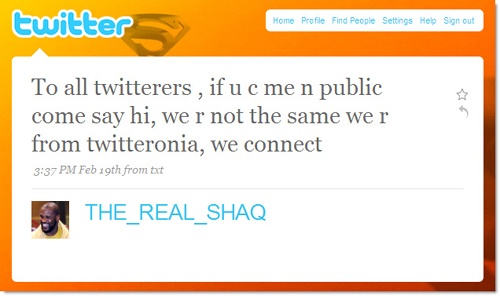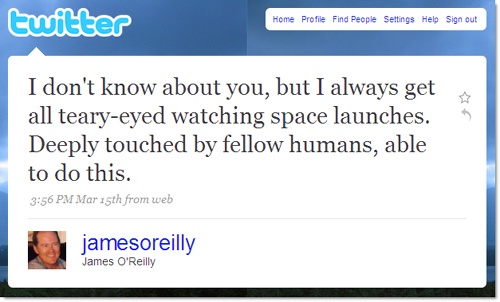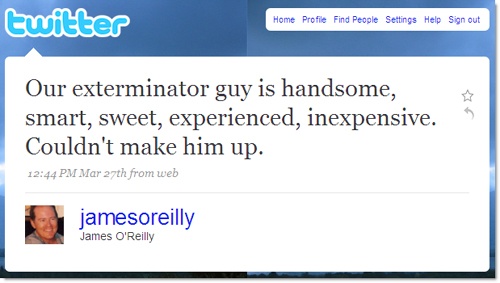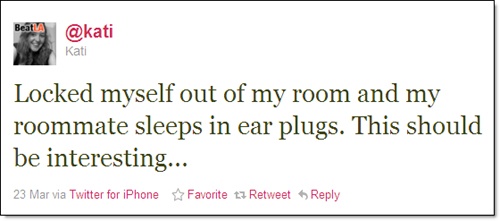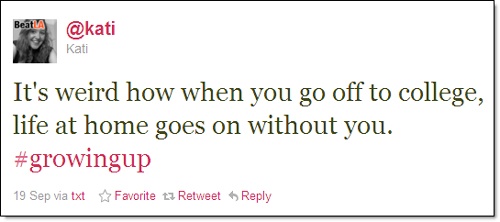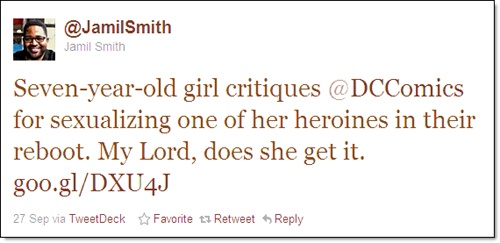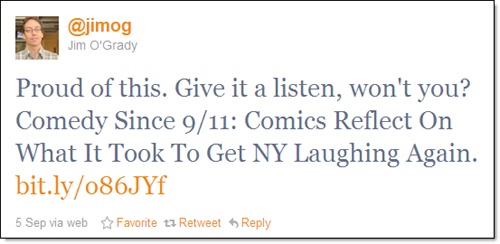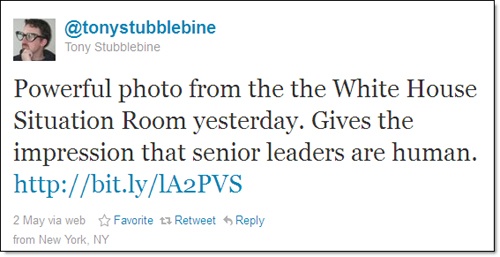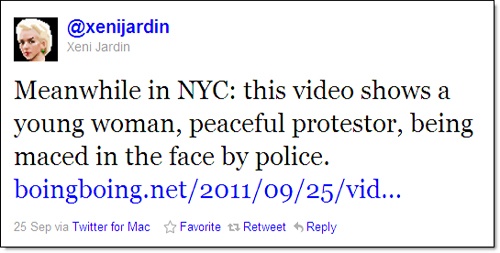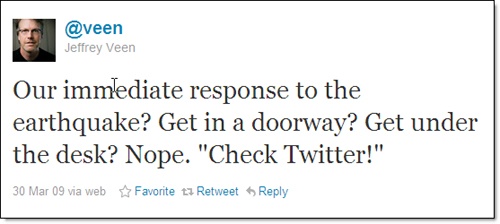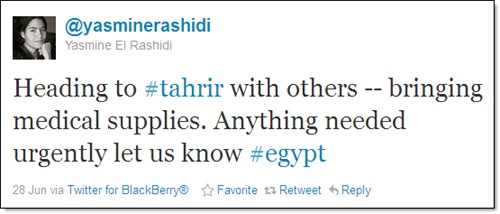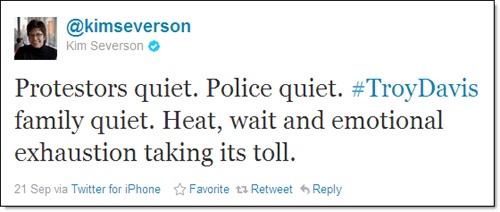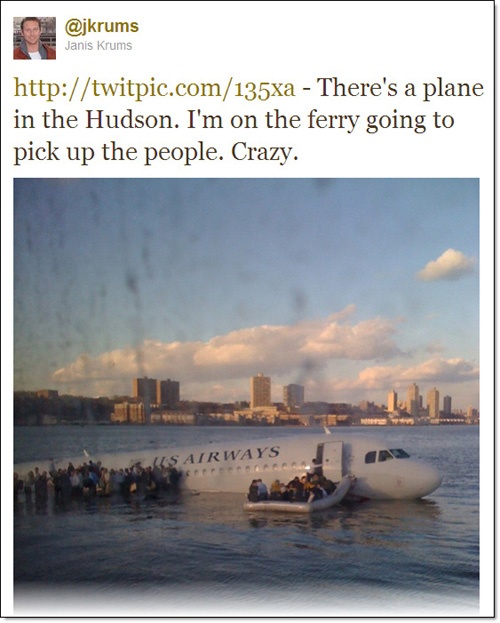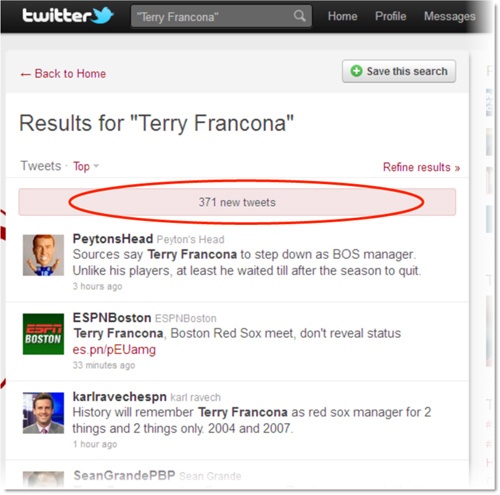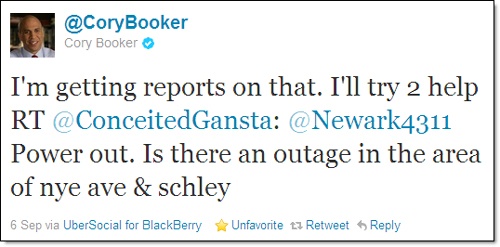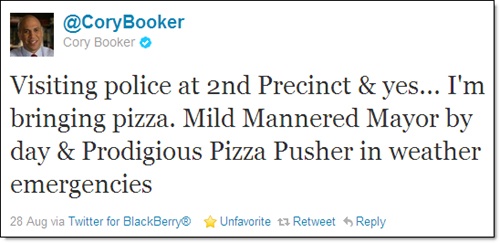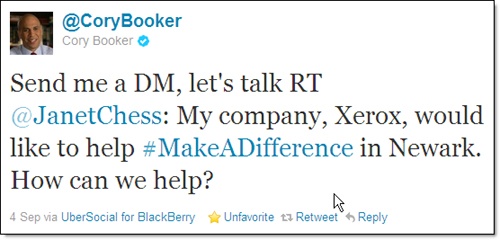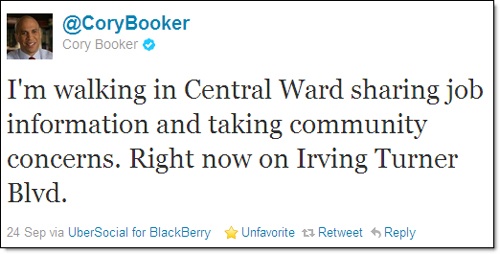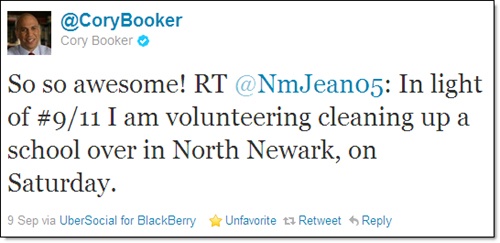Introduction
In March 2006, a little communications service called Twttr debuted. It began as a side project at a San Francisco podcasting company, but it wasn’t long before the side project had become the main event.
Today, just over five years later, Twitter is booming. In September 2011, the service announced that it had 100 million active monthly users, 400 million monthly visits to its website (up from 250 million in January 2011), and served billions of messages a week around the globe. In addition, the site is now available in 17 languages (and people tweet in more languages than that).
Twitter has become a key communications channel during major political events and natural disasters. And businesses now rely on it for marketing, PR and customer service.
This book will help you understand why Twitter has become a powerhouse—the ways it’s useful and addictive and unlike any other communications service—and how you can tap that power.
What is Twitter?
Twitter is a messaging service that shares a lot of characteristics with communication tools you already use. It has elements that are similar to email, IM, texting, blogging, RSS and so on. But a few factors, particularly in combination, make Twitter unique:
Messages you send and receive on Twitter are no more than 140 characters, or about the length of a news headline. That means they’re really easy to write and read.
Messages on Twitter are public, like blog posts, and you don’t have to give people permission to see what you’ve written. That means you can readily meet new people on Twitter.
The messages are opt-in, and people choose to get a stream of others’ messages. (On Twitter, this model is called “following,” covered in Chapter 1). That means you have to be interesting, or people will choose not to get your updates.
You can send and receive the messages via a variety of mechanisms, including mobile phones, PCs, websites and desktop programs, and they’re distributed instantaneously (or, if you prefer jargon: in real time). That means that Twitter can fit with nearly anyone’s workflow.
When you add all that together, and you throw in a dose of the friendliness common on Twitter, you get a powerful and appealing communications platform that turns out to be highly useful for a slew of personal and professional needs. Shaquille O’Neal (@THE_REAL_SHAQ) sums it up here.
What’s Twitter good for?
Ambient intimacy
Twitter poses the question, “What’s happening?” Sometimes, people answer pretty dutifully. So they’re eating bacon for lunch, catching up on email run amok or cleaning the tub. Because they can send updates not only from their computers but from their mobile phones, too, people also report that they’re ordering a triple double at In-N-Out Burger, sitting in traffic on Route 1 or boarding a plane for Omaha.
Although status updates like that may sound mundane, people on Twitter have found that becoming aware of what your friends, family and colleagues are doing (without having to respond) leads to a lightweight but meaningful connection, sometimes called “ambient awareness” or “ambient intimacy,” a term coined by Leisa Reichelt (@leisa).
Tim on ambient intimacy: I see my brother James every couple of months, talk to him about as often, always wish for more. Through Twitter, I follow him every day. Of course, we have shared context that others may miss. Naturally, he tears up at a space launch: when we were kids we used to pray each night for a UFO to come down in our backyard. And it’s great to know that he’s got an exterminator in to deal with the biting spiders that kept me from staying over last time I visited. I know, as few do, that his background is a photo from my father’s grave in Ireland.
Sarah on ambient intimacy: My partner’s younger sister, Kati, is in college. Though these snapshots may seem random, they help me understand her day-to-day life there. Even better, when we talk, instead of having this conversation—Me: “How’s it going?” K: “Good.”—I’ll ask how she got back into her room and get a funny story, or I’ll ask what felt weird to miss, and we’ll get into a deeper discussion we otherwise wouldn’t have had.
Sharing media and commentary
Although Twitter started out as a service for people to post personal updates, it’s become a critical channel for sharing media. People use it to talk about—and link to—the things they’re reading, watching, listening to and thinking about. Indeed, many people use it primarily for sharing or finding links to stuff that interests them. Twitter has thus become a key player in the attention economy, helping people disseminate media and ideas they care about.
As part of the Internet, Twitter is, naturally, home to a lot of commentary, too. It’s the site of debates about topical issues, editorializing on links that people distribute and protests about media, corporate behavior and government.
As you’ll see later in the book, Twitter is also good for sharing humor, expertise, appeals for help and much more.
Breaking news and shared experiences
Several times a year, there’s a big event—be it terrorist attacks in Mumbai, elections in Iran, revolution in Cairo or earthquake in New York City—where people say, “Wow, Twitter really changed the way that unfolded. This is the first time it’s been a major channel for breaking news.” And as the number of people on Twitter grows, there’s always somebody having that experience anew. But the truth is, Twitter has been the world’s real-time newspaper since at least July 2008, when people realized that tweets about the Los Angeles earthquake that month preceded mainstream media reports by as much as ten minutes.
Then, in January 2009, within minutes of a US Airways plane’s landing in the Hudson River, Janis Krums (@jkrums), a nearby ferry passenger, tweeted a picture and comment that were widely distributed via Twitter that day—and which scooped the news media on a story happening in their own backyard. Since then, Twitter has evolved into the go-to service for news from people on the ground during major happenings around the globe. Nowadays, it’s also used by professional journalists who augment their regular reporting with more-immediate tweets. In the bottom example here, in September 2011, New York Times reporter Kim Severson (@kimseverson) observed the scene outside the prison where people waited to hear whether the Supreme Court would stay Troy Davis’s execution.
The service has thus become a great tool for sharing common experiences. Those include not only emergencies, like natural disasters and terrorist attacks, but also organized events, like conferences and concerts. While a surge of messages on Twitter can break news, the individual posts help people verify what’s happening, connect with resources, and, during emergencies, let others know whether they’re safe.
Mind reading—and mind opening
Whether you have an account on Twitter or not, the site’s search service is an amazing mind-reading tool, letting you see not just what individuals are thinking about, but what groups are focusing on, too.
A well-honed search can reveal how other people feel about your company, your latest public talk and your favorite TV show. The ten trending topics that appear on the search page and change constantly give you insight into the things a lot of people find important at any given moment (we talk more about trends in Chapter 2).
Key to this element of Twitter is that the search results update in real time. Here, you can see results for a search about Terry Francona, the Boston Red Sox manager, on a morning rumors were swirling about his leaving the team. From the initial search, it took about 10 minutes for the 371 new tweets to accumulate.
More subtly, mind-reading on Twitter can increase your compassion. When you follow a number of people of another race, religion or political persuasion, to name a few groups, you can gain valuable perspective on how people who are different from you experience the world—particularly if they’re under-represented in the mainstream media. Often, you’ll see surprising patterns emerge, making it a powerful way to open your own mind.
Business and civic conversations
Twitter has emerged as a key business channel, letting companies engage with customers, partners and other constituents in a direct way that’s both personal and public—something no other medium allows. Businesses are monitoring what people think of their products, responding to customer service requests, having conversations with stakeholders and making money through creative promotions of various kinds. (Chapter 6 covers it all.)
Celebrities and politicians, themselves mini-businesses, are engaging with their fans and constituents in new ways. Consider Cory Booker, the mayor of Newark, NJ, and a prolific and innovative user of Twitter. He manages to inspire, lead, respond and reveal himself through his tweets, often simultaneously.
We show a few representative examples here. The top two are just a sliver of the tweeting Booker did during Hurricane Irene, and they reflect his activity during weather emergencies generally: he spends a lot of time moving around his city, publicly responding to residents’ concerns and sharing his frankly corny sense of humor when people need levity. In the third example, he responds—again publicly—to a major business that wants to work in Newark, instilling a sense of pride. In the fourth example, he simply tells people that he’s out in a neighborhood where they can find him and talk. In the fifth, he retweets a resident who’s volunteering for the city, shining a light on their efforts and giving others a sense of the good that happens in Newark. We ran out of room, or we would’ve also included Booker’s inspirational quotes, his tweets about his own diet and exercise attempts, and his retweets of residents’ shout-outs about their dieting and exercising along with him. Read on to learn not only how to follow him, but also how to create such a terrific Twitter presence yourself.
Get The Twitter Book, 2nd Edition now with the O’Reilly learning platform.
O’Reilly members experience books, live events, courses curated by job role, and more from O’Reilly and nearly 200 top publishers.
